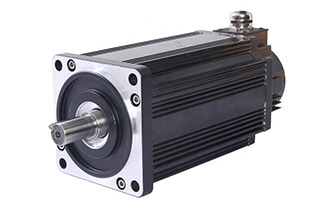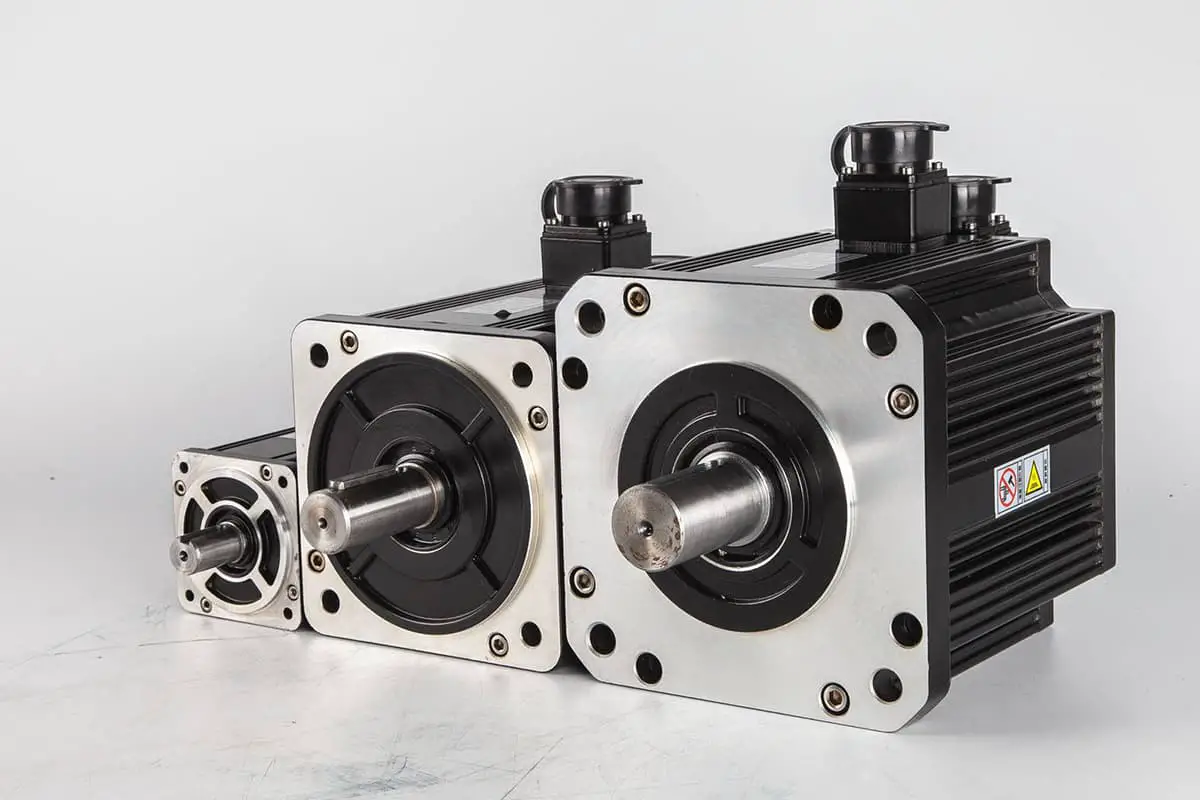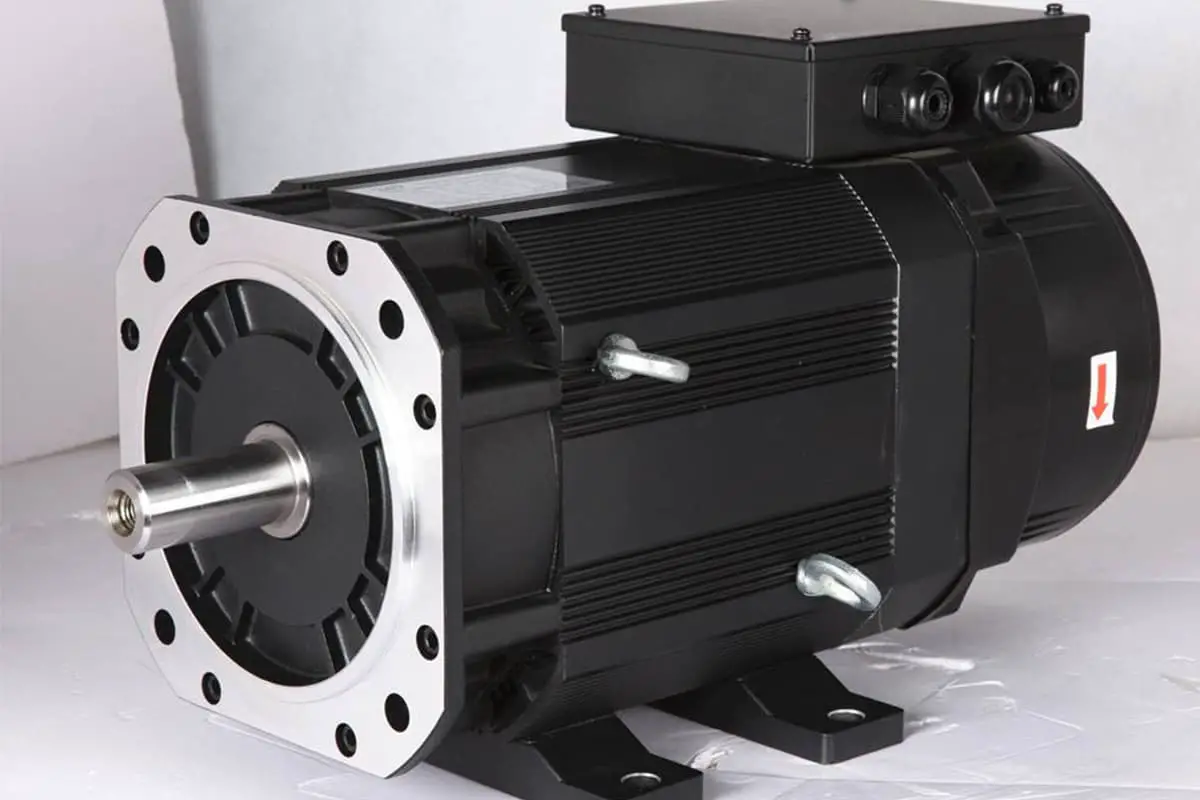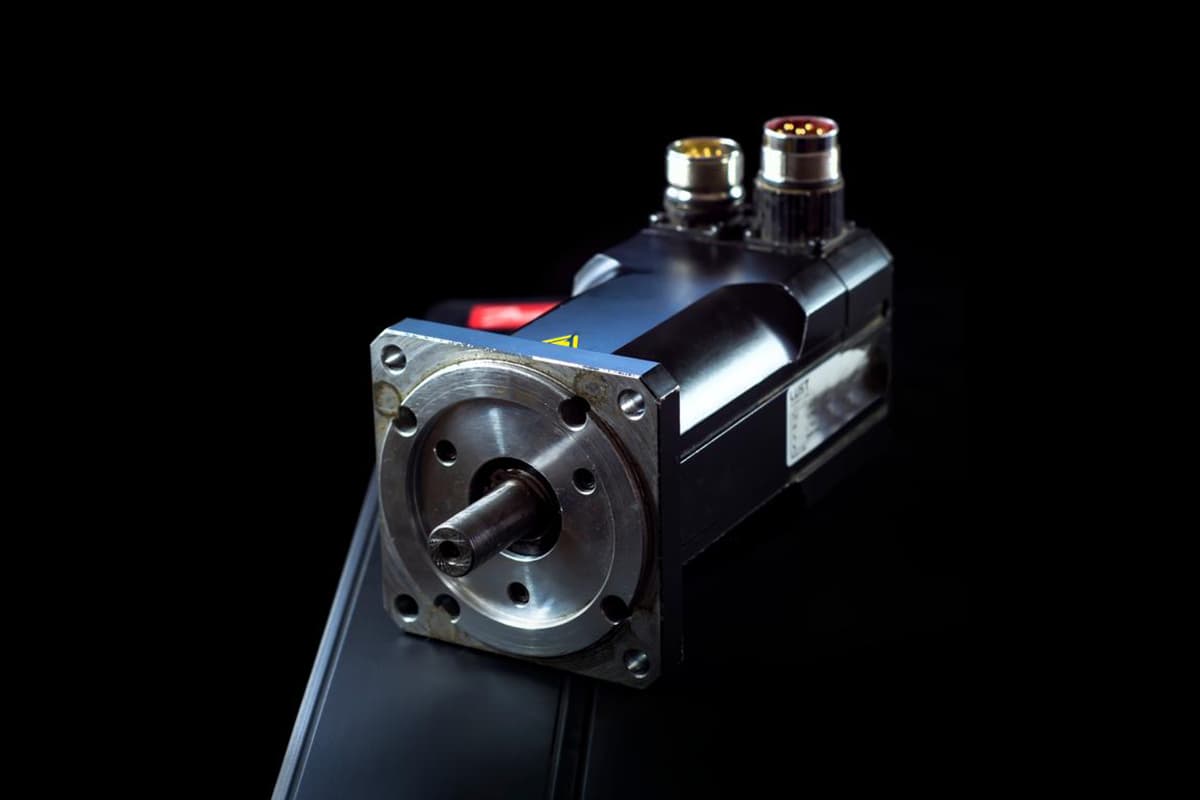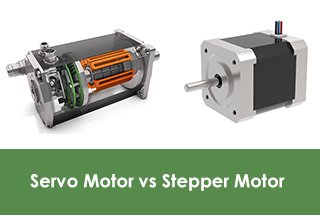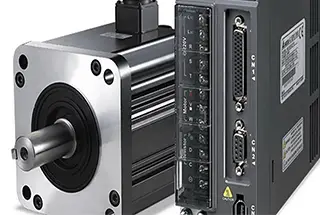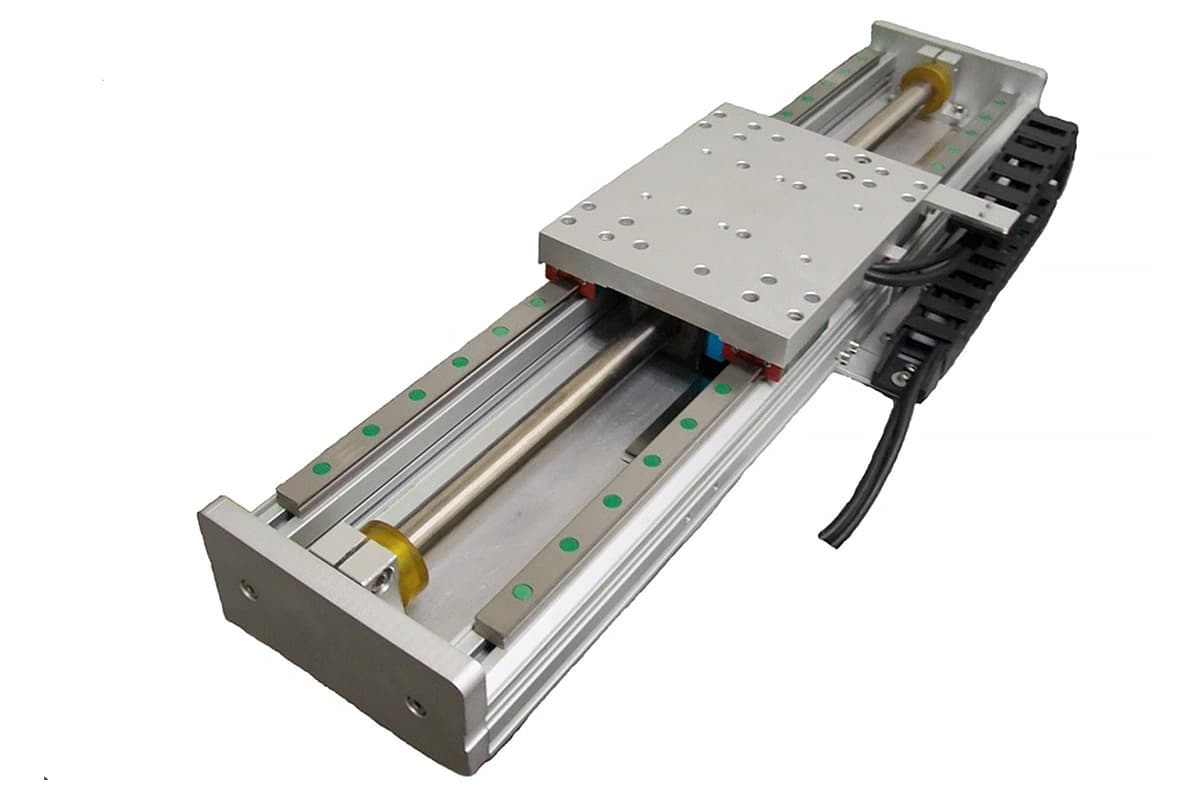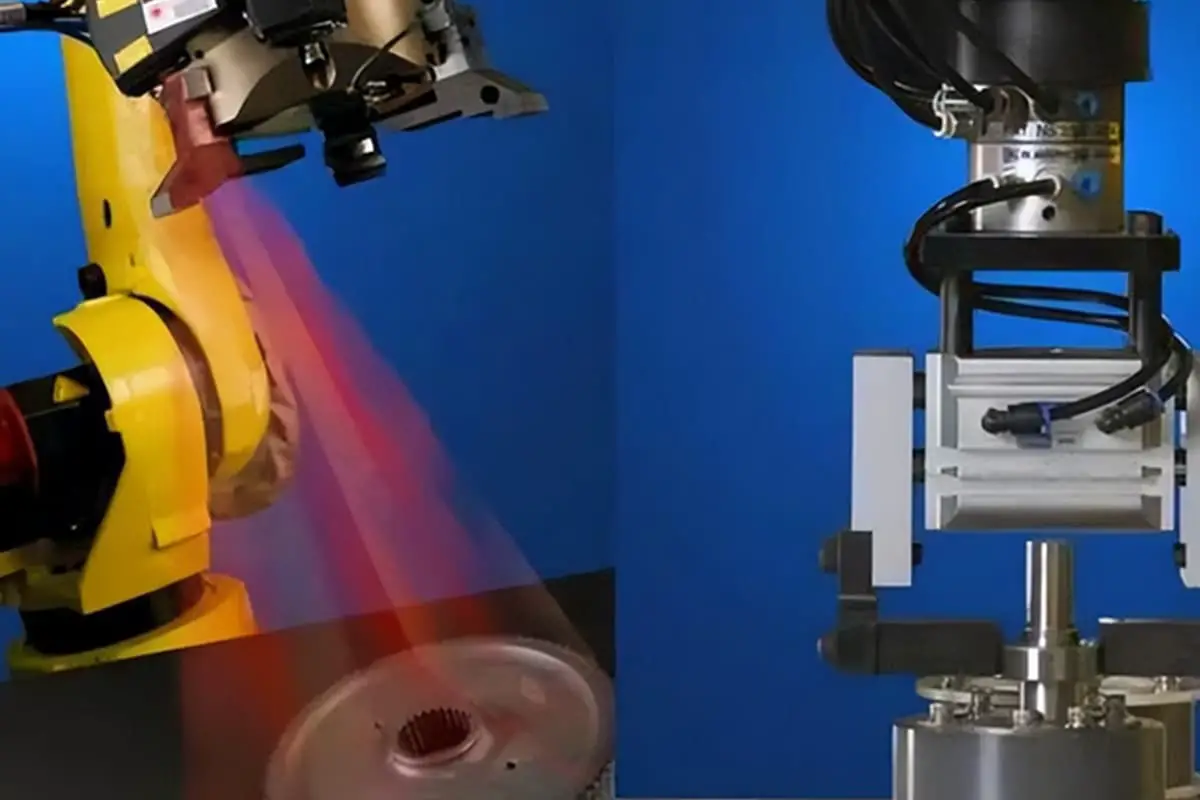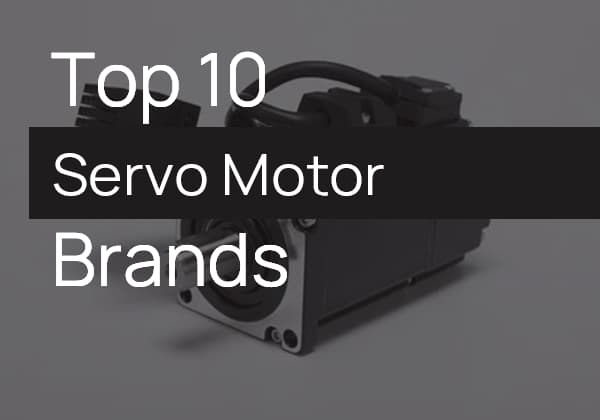
Have you ever wondered why your servo motor suddenly jitters, disrupting your machine’s smooth operation? This article uncovers the common causes behind servo motor jitter and provides practical solutions to fix them. By the end, you’ll know how to prevent these issues and keep your equipment running flawlessly.
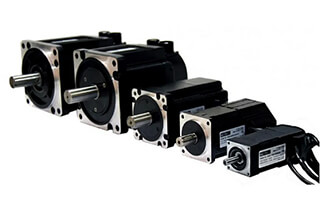
Under what conditions will the servo motor shake? How can the problems caused by servo motor jitter be solved? What are the solutions?
For example, if the acceleration and deceleration time is set too small, the servo motor will produce high inertia jitter when it suddenly starts or stops.
Increasing the acceleration and deceleration time can solve this problem.
The following is an analysis of the causes of servo motor jitter by netizens, for your reference.
When the servo motor shakes at zero speed, the gain should be set low to reduce the gain value.
If the alarm stops when the motor starts, the most likely reason is that the motor phase sequence is incorrect.
The following are some reasons why servo motors may experience jitter and suggestions on how to solve the problems:
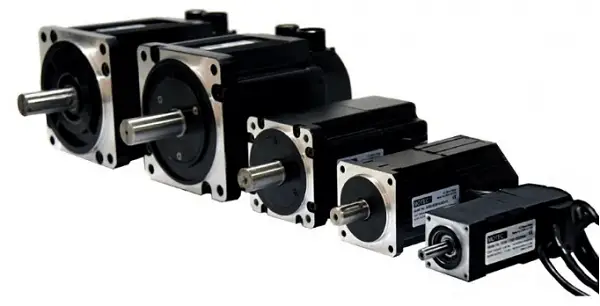
① Servo wiring:
② Servo parameters:
③ Mechanical system:
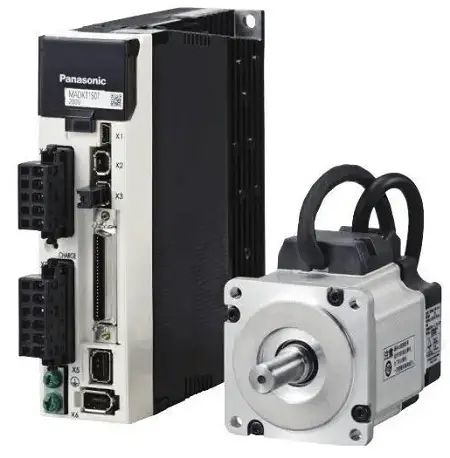
Servo motor jitter is caused by mechanical structure, speed loop, compensation board and servo amplifier of servo system, load inertia, electrical part etc.
1) No load jitter:
2) If the vibration occurs after loading, it is generally caused by the failure of the transmission device.
It can be judged that there are defects in the following parts:
The integral gain, proportional gain, and acceleration feedback gain of the velocity loop may be improper.
The greater the gain, the greater the velocity, the greater the inertia force, and the smaller the deviation, making jitter more likely to occur.
Setting a small gain can maintain the speed response and is less likely to cause jitter.
When the motor suddenly stops during motion, it can cause significant jitter. This is often due to improper BRK terminal connection or parameter settings in the servo amplifier.
To reduce the jitter, the time constant of acceleration and deceleration can be increased. Alternatively, the motor can be started or stopped more slowly using the PLC.
The problem with the guide rail and screw can cause an increase in load inertia.
The moment of inertia of the guide rail and lead screw has a great influence on the rigidity of the servo motor drive system.
Under fixed gain, a larger moment of inertia leads to greater rigidity and an increased likelihood of motor jitter.
On the other hand, a smaller moment of inertia leads to reduced rigidity and a lower likelihood of motor jitter.
To reduce the load inertia and prevent motor jitter, one solution is to change the guide rail and screw to a smaller diameter, which will reduce the moment of inertia.
The brake is not disengaged, causing the feedback voltage to become unstable.
Check if the brake is engaged and try using the encoder vector control to output a certain torque by reducing the torque to solve the jitter.
If the feedback voltage is abnormal, check if the vibration period is related to the speed.
If it is, check if the connection between the spindle and the spindle motor is faulty or if the spindle and the pulse generator installed at the tail of the AC spindle motor are damaged.
If it is not related to speed, check for any faults on the printed circuit board and either check or readjust the circuit board.
Sudden motor jitter during operation is mostly caused by a lack of phase. Check if the fuse has melted, if the switch contacts are good, and if each phase of the power grid has power.
After reading the analysis provided by these netizens, do you have a general understanding of what can cause servo motor jitter?
If you encounter this issue, you can investigate the potential causes suggested by the netizens.
Additionally, it’s important to be aware of these problems and take measures to avoid servo motor vibration.

